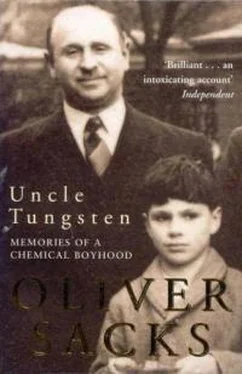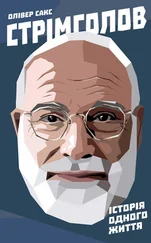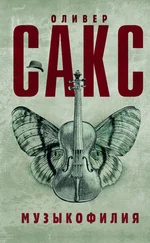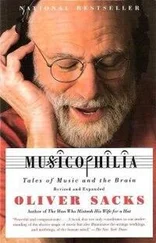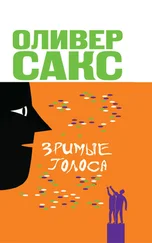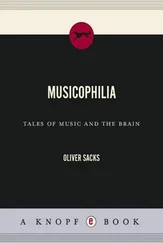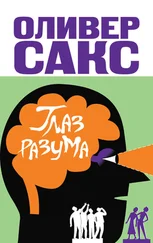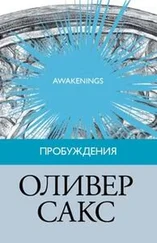Iowe a huge debt to my brothers, my cousins, and, not least, my old friends, who have shared memories, letters, photographs, and memorabilia of all kinds; I could not have reconstructed the events of so long ago without them. I have written of them, and others, with some trepidation: ‘It is always dangerous’, as Primo Levi remarked, ‘transforming a person into a character.’
Kate Edgar, my assistant, and editor of many of my previous books, has been a virtual collaborator on this one, not only editing the innumerable drafts I produced, but meeting chemists with me, going down mines, enduring smells and explosions, electrical discharges and occasional radioactive emanations, and putting up with an office increasingly filled with periodic tables, spectroscopes, crystals dangling in supersaturated solutions, coils of wire, batteries, chemicals, and minerals. This book would still be a two-million-word excavation had it not been for her powers of distillation.
Sheryl Carter, also working with me, has opened the wonders of the Internet for me (I am computer-illiterate, and I do all my writing with a pen or an old typewriter), and has found books and articles and scientific instruments and toys of all sorts which I could never have got for myself.
In 1993, I wrote an essay-review in the New York Review of Books of David Knight’s book on Humphry Davy, which in many ways rekindled my long-dormant interest in chemistry. I am grateful to Bob Silvers for encouraging me in this.
My article ‘Brilliant Light’, an early fragment of this book which appeared in The New Yorker , was brilliantly edited (and titled) by my editor there, John Bennet; and Dan Frank, at Knopf, has been crucial in helping to steer the book to its present form.
Soon after starting this book I had the great pleasure of meeting a boyhood hero, Glenn Seaborg, and I have subsequently met or corresponded with chemists all over the world. These chemists, too many to name, have been astonishingly hospitable to an outsider, an ex-boy-enthusiast, and have shown me wonders that the wildest science fiction of my boyhood could not have conceived, such as ‘seeing’ actual atoms (through the tungsten tip of an atomic force microscope), as well as humoring some nostalgic desires to see, once again, among other things, the deep blue of sodium dissolved in liquid ammonia; and tiny magnets levitated over superconductors cooled in liquid nitrogen, the magical, gravity-defying floating I had dreamed of as a child.
But, above all, it has been Roald Hoffmann who has been infinitely stimulating and supportive, and who has done more than anyone else to show me the marvelous thing which chemistry is now – and it is to Roald, therefore, that I dedicate this book.
Only one person stayed: Miss Levy, my father’s secretary. She had been with him since 1930, and though somewhat reserved and formal (it would have been unthinkable to call her by her first name; she was always Miss Levy) and always busy, she sometimes allowed me to sit by the gas fire in her little room and play while she typed my father’s letters. (I loved the clack of the typewriter keys, and the little bell that rang at the end of each line.) Miss Levy lived five minutes away (in Shoot-Up Hill, a name that seemed to me more suitable perhaps for Tombstone than Kilburn), and she arrived at nine o’clock on the dot every weekday morning; she was never late, never moody or discomposed, never ill, in all the years that I knew her. Her schedule, her even presence, remained a constant through the war, even though everything else in the house had changed. She seemed impervious to the vicissitudes of life.
Miss Levy, who was a couple of years older than my father, continued to work a fifty-hour week until she was ninety, with no apparent concessions to age. Retirement was unthinkable to her, as it was to my parents, too.
There were fears for all the African relatives during the Boer War, and this must have impressed my mother deeply, for more than forty years later, she would still sing or incant a little ditty from this era:
One, two, three – relief of Kimberley
Four, five, six – relief of Ladysmith
Seven, eight, nine – relief of Bloemfontein
There were many attempts to manufacture diamonds in the nineteenth century, the most famous being those of Henri Moissan, the French chemist who first isolated fluorine and invented the electrical furnace. Whether Moissan actually got any diamonds is doubtful – the tiny, hard crystals he took for diamond were probably silicon carbide (which is now called moissanite). The atmosphere of this early diamond-making, with its excitements, its dangers, its wild ambitions, is vividly conveyed in H.G. Wells’s story ‘The Diamond Maker.’
The d’Elhuyar brothers, Juan Jose and Fausto, were members of the Basque Society of Friends for Their Country, a society devoted to the cultivation of arts and sciences that would meet every evening, discussing mathematics on Monday evenings, experimenting with electrical machines and air pumps on Tuesday evenings, and so on. In 1777 the brothers were sent abroad, one to study mineralogy, the other metallurgy. Their travels took them all over Europe, and one of them, Juan Jose, visited Scheele in 1782.
After they returned to Spain, the brothers explored the heavy black mineral wolframite and obtained from it a dense yellow powder (‘wolframic acid’) which they realized to be identical to the tungstic acid Scheele had obtained from the mineral ‘tung-sten’ in Sweden, and which, he was convinced, contained a new element. They went ahead, as Scheele had not, to heat this with charcoal, and obtained the pure new metallic element (which they named wolframium) in 1783.
Cryolite was the chief mineral in a vast pegmatitic mass in Ivigtut, Greenland, and this ore was mined continuously for more than a century. The miners, who had sailed from Denmark, would sometimes take boulders of the transparent cryolite to use as anchors for their boats, and never quite got used to the way in which these vanished, became invisible, the instant they sank below the surface of the water.
In addition to the hundred-odd names of existing elements, there were at least twice that number for elements that never made it, elements imagined or claimed to exist on the basis of unique chemical or spectroscopic characteristics, but later found to be known elements or mixtures. Many were place names, often exotic, discarded because the elements turned out to be spurious: ‘florentium’, ‘moldavium’, ‘norwegium,’ and ‘helvetium’, ‘austrium’ and ‘russium’, ‘illinium’, ‘virginium,’ and ‘alabamine,’ and the splendidly named ‘bohemium.’
I was oddly moved by these fictional elements and their names, especially the starry ones. The most beautiful, to my ears, were ‘aldebaranium’ and ‘cassiopeium’ (Auer’s names for elements that actually existed, ytterbium and lutecium) and ‘denebium,’ for a mythical rare earth. There had been a ‘cosmium’ and ‘neutronium’ (‘element o’), too, to say nothing of ‘archonium’, ‘asterium’, ‘aetherium,’ and the Ur-element ‘anodium,’ from which all the other elements supposedly were built.
There were sometimes competing names for new discoveries. Andres del Rio discovered vanadium in Mexico in 1800 and named it ‘panchromium’ for the variety of its many-colored salts. But other chemists doubted his discovery, and he eventually gave up his claim, and the element was only rediscovered and renamed thirty years later by a Swedish chemist, this time in honor of Vanadis, the Norse goddess of beauty. Other obsolete or discredited names also referred to actual elements: thus the magnificent ‘jargonium,’ an element supposedly present in zircons and zirconium ores, was most probably the real element hafnium.
Читать дальше
